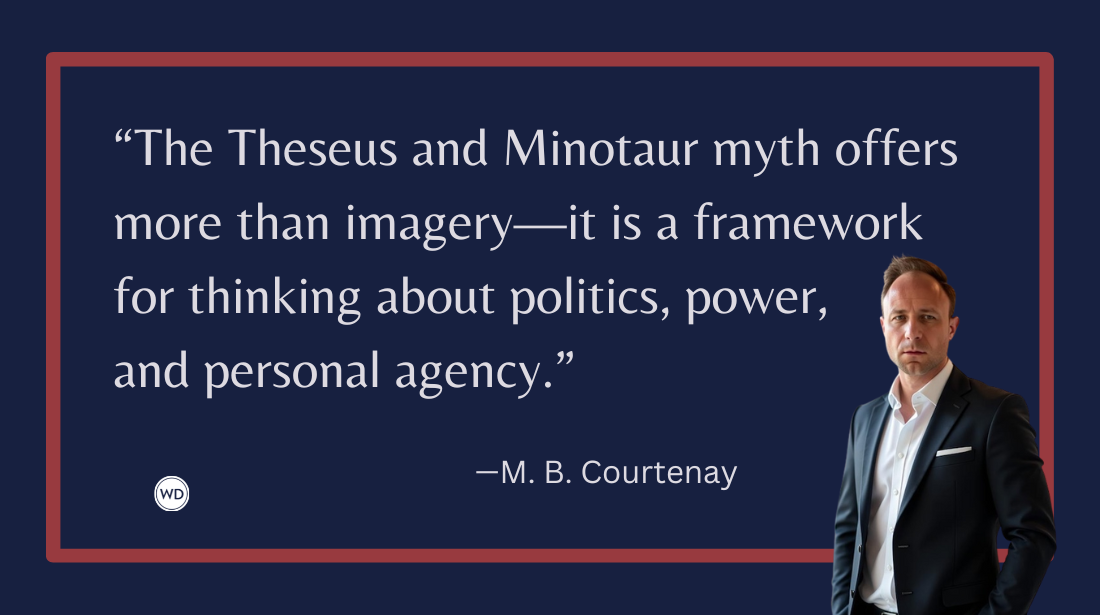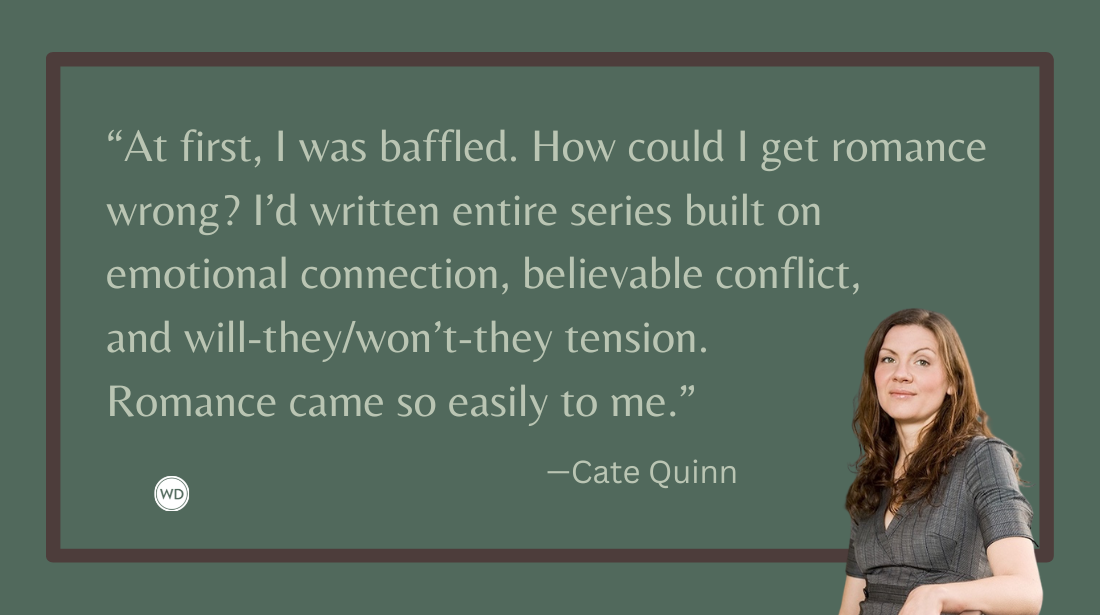How I Hacked My Way to Writing a Novella
Author Katherine Quevedo shares how she hacked her way to writing a novella, including how she got it published.
This one is for all my fellow writers who specialize in short lengths, who aspire toward medium lengths, and who cherish writing that defies typical story structures.
I discovered long ago that I’m not a novelist. I love short stories too much, with their compression and emphasis on sentence-level artistry. I’d be the last one to say a writer should work their way up to longer lengths, as I firmly believe there is no one-size-fits-all with stories. But it doesn’t hurt to keep your options open.
After all, I wrote a novella by accident. One might say I hacked my way to that longer length (“hacked” in the sense of improvising a solution, not of commoditized writing). Here’s what I learned along the way.
Let Smaller Layers Add Up
To reach a length outside of your comfort zone, you can tackle vaster, more drawn out plots, sure. Or you can rely on accretion, stacking up smaller parts to equate to a bigger whole. I once heard a writer describe a story as bloating like a marshmallow in a microwave. Perhaps some of us prefer to create s’mores, smushing sweet layers together into manageable, delectable bites.
My novella, Thrice Petrified, started off as a novelette (“A Petrified Heart”). Like all my other stories, it was a standalone piece, one and done. Or so I thought. I had put together what I considered a satisfying ending, yet the characters and world lingered in my mind. I hadn’t solved everything for them. Honestly, I felt a bit guilty about that. I realized they needed to conduct a root cause analysis of the string of curses affecting their homelands.
Truly Listen to Your Characters
You never know who will champion your story, even from within. See if your characters have more to reveal to you, new facets of their growth and new corners of their world to explore. Some authors conduct imaginary interviews with the people springing to life in their head. What questions can you ask of your protagonist, antagonist, or other characters to wring more from their experience?
Sometimes you don’t need to be the one initiating the conversation. I have one character to thank for spurring me to tell the full story that became my novella. Early on, he was supposed to be a walk-on character—enter a scene, deliver a message, and leave. But he stuck around, brought secrets with him, and developed his own emotional arc. After I’d completed that initial novelette, he continued to prod. Talk about a character taking on a life of their own!
Be Open to Unconventional Story Structures
Let’s examine those s’mores layers a little more. Some writers eschew the typical story beats and formulas, such as by linking tales in a shared setting, or having a side character from one part take center stage in another. Another approach is a fractal pattern, where individual sections share a familiar shape, and all those pieces together form a larger version of that same shape.
Rather than set out to write a novella off the bat, I wound up approaching the project as a trilogy of novelettes. The first part found a home in Wyngraf, a cozy fantasy magazine. The editor, in his introduction to the issue, described my story as the darkest one he’d included. (I’d debated whether even to submit it there—don’t self-reject!) As elated as I was to see that first novelette in print, I knew the sequels would be too dark for that publication. I’d already toed the line.
I would have to get creative to bring the full trilogy to readers. But who would want a trilogy of novelettes, featuring a cast of fairies (without a human in sight), and one-third of it a reprint?
Be Considerate of Reader Expectations
The flip side of experimenting on the page is the risk of alienating readers. If you subvert their expectations too much, or in ways they dislike, you’ll throw them out of the story. Granted, no writer can please every single reader out there. But it pays to set your writing aside, slip into a reader’s perspective as you might don a pair of glasses, and see what comes newly into focus.
In the case of Thrice Petrified, I had a revelation: My three novelettes added up to novella length. I could package them as one longer story told in three parts. That’s what a trilogy is, after all. I sent my newly christened novella to a beta reader, who noted that she enjoyed the triptych structure. Each section has its own arc, building upon what came before it to contribute to a greater whole. It doesn’t conform to a typical plot formula as you might find in many novellas. I guess I like toeing the line.
When I saw a publisher looking for standalone fantasy novellas, I saw my chance. I was upfront in my cover letter, explaining the reprint situation and emphasizing how I would love to bring the full arc to readers. Later, during the developmental editing phase, I expanded the first part and wove new details into the rest, aiming for the scope and scale that readers of longer lengths might expect. It was the final push in my unanticipated, twisting, years-long journey to bring this novella to readers.
I hadn’t set out to write a novella; it happened organically. It comes down to caring deeply about the characters and adopting a generous, daring view of how to deliver an immersive experience to readers. Let your stories embody the form and length they want to be. If you write short lengths by default, like me, but you feel called to tackle higher word counts, larger casts of characters, and more epic scopes, you have options.
Check out Katherine Quevedo's Thrice Petrified here:
(WD uses affiliate links)









